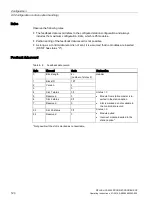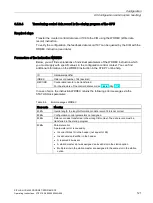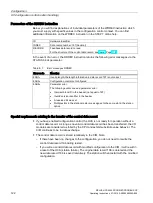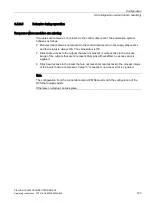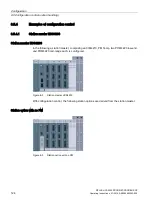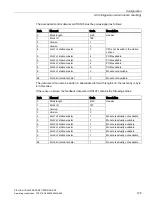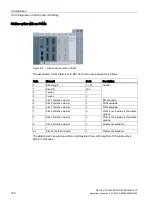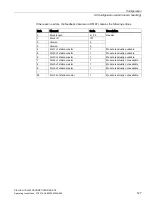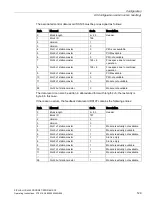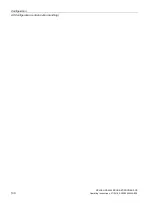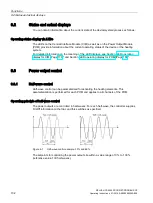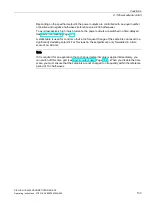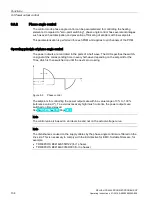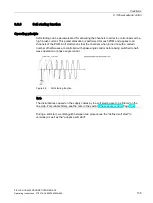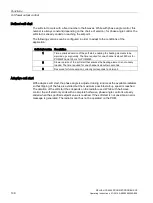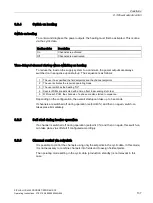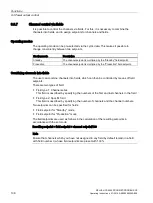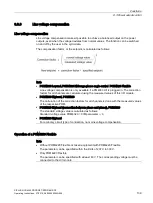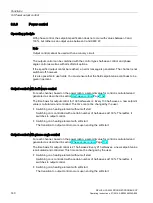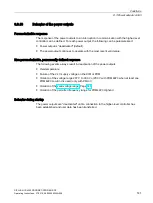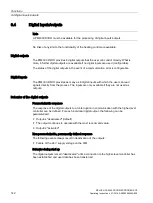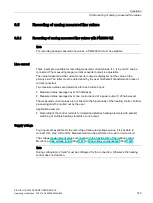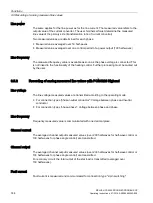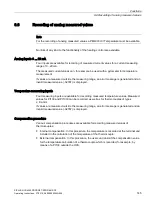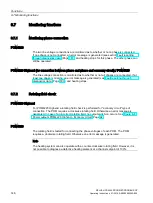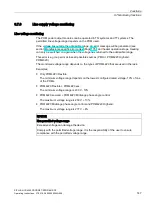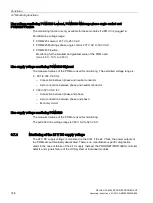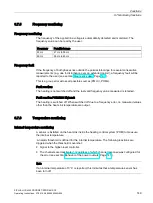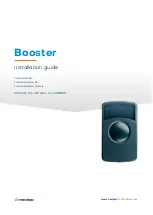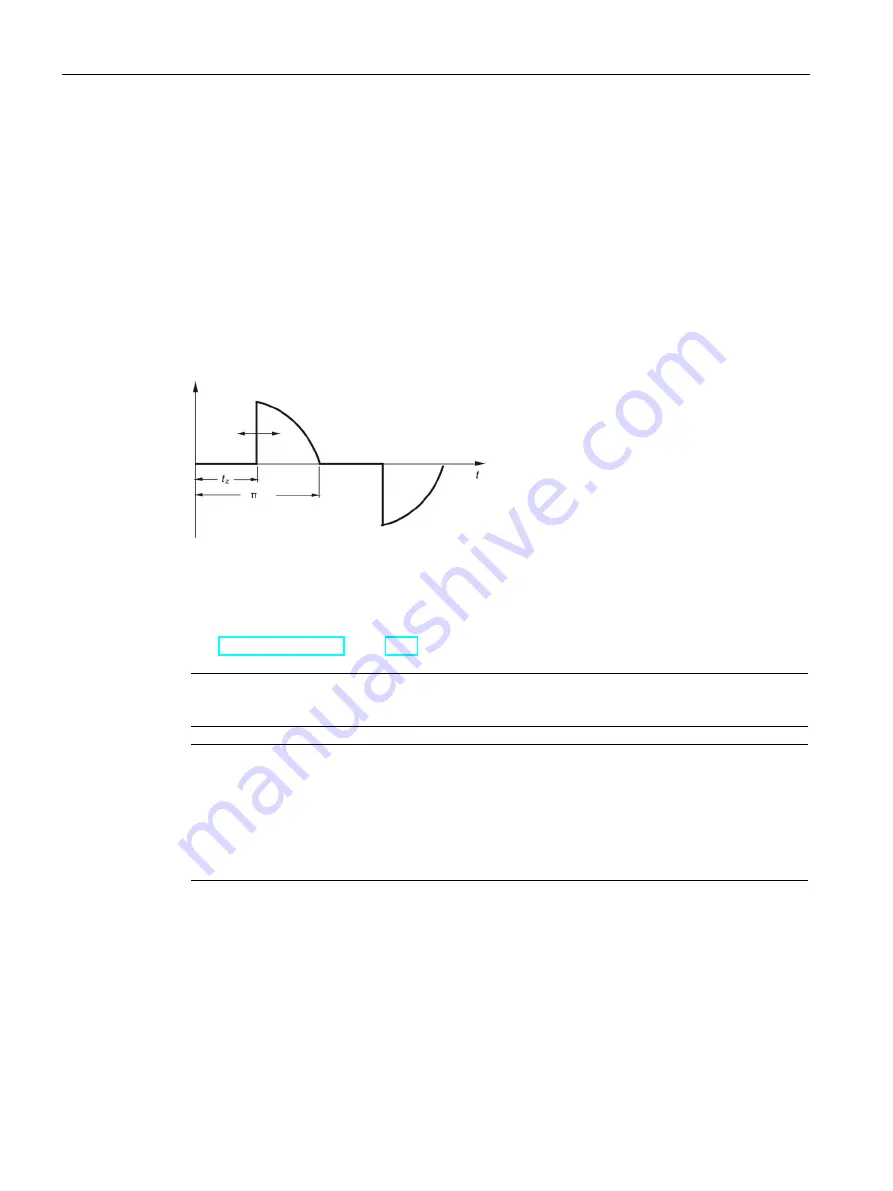
Functions
9.3 Power output control
SIPLUS HCS4200 PROFINET/PROFIBUS DP
134
Operating Instructions, 07/2019, A5E35066204A/006
9.3.2
Phase angle control
The control mode phase angle control can be parameterized for controlling the heating
elements. Compared to "zero-point switching", phase angle control has several advantages,
such as even heat dissipation and prevention of flickering of emitters with low setpoints.
This parameterization is performed for each POM and applies to all channels of the POM.
Operating principle of phase angle control
The power outputs are controlled in the parts of a half wave: The HCS specifies the switch-
on signal at the corresponding time in every half-wave depending on the setpoint for the
Triac, which is then switched on until the next zero crossing.
Figure 9-2
Phase control
The setpoints for controlling the power outputs are within a value range of 0 % to 100 %
(reference value: U
2
). To avoid excessively high inrush currents, the power outputs are
switched on time-delayed.
See Switch on heating (Page 137).
Note
The control value is based on an ideal sine and not on the actual voltage curve.
Note
The disturbances caused on the supply cables by the phase angle control are filtered on the
line side. This is necessary to comply with the EU directive for EMC. Suitable filters are, for
example:
•
TDK/EPCOS B84142A55R122 (for 1 phase).
•
TDK/EPCOS B84144A0050R000 (for 3 phases)
Summary of Contents for SIPLUS HCS Series
Page 1: ...SIPLUS HCS4200 PROFINET PROFIBUS DP ...
Page 2: ......

